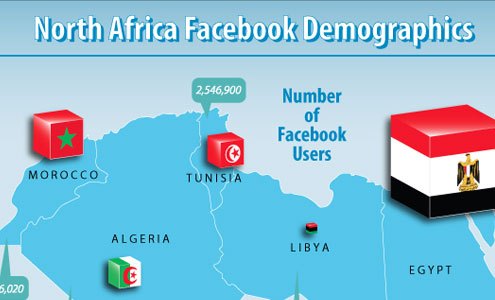
The Moroccan financial sector continues to show resilience against the negative impacts generated by the Covid-19 pandemic, said the “Coordination & Systemic Risk Monitoring Committee” following its meeting held Tuesday in Rabat at the headquarters of Bank Al-Maghrib.
After the three-year review of the 2019-2021 period, the Committee examined and approved the new financial stability roadmap covering the period 2022-2024. It also analyzed the risks and vulnerabilities weighing on the national financial system, in a context marked by the persistence of the health crisis.
According to the Committee experts, macroeconomic risks to financial stability have broadly decreased with a rebound in national growth in 2021 and its expected consolidation in 2022 and 2023.
The Moroccan banking sector continues to demonstrate solid fundamentals in terms of profitability, solvency and liquidity, said the Committee, noting that the banks’ net income registered an upturn in the first half of 2021 after the contraction observed in 2020, benefiting mainly from a relative decline in the risk cost.
In terms of capitalization, the banks’ capital buffers were strengthened at the end of June 2021, with average solvency and Tier 1 capital ratios reaching, on a parent company basis, 16 percent and 11.9 percent respectively.
The macro stress test exercise carried out by Bank Al-Maghrib based on December 2021 economic forecasts continues to show the resilience of banks to the shock scenarios simulating the deterioration of health and economic conditions.
Despite a context marked by the Covid-19-linked health situation, the Moroccan insurance sector maintained its solidity while regaining a steady growth momentum. The sector’s revenues at the end of October 2021 increased by 9.3 percent compared with the same period a year earlier.
The country’s capital market remained generally stable in the second half of 2021, said the Committee analysts. The Casablanca Stock Exchange maintained an upward trend with an average volatility limited to 7.28 percent and a very low rate of suspended transactions.



